



$300 million over ten years for the establishment of a Neurological and Neuromuscular Health Research Mission within the Medical Research Future Fund (MRFF) to coordinate, action and accelerate neurological and neuromuscular research to improve the prevention, detection, treatment and care of these conditions.
Establishing a strategic, focused research model to address the profound impact of neurological conditions, both on individuals and the Australian health system.
One in four Australians live with neurological or neuro-muscular conditions, or neurological disorders.
The associated annual economic cost to the Australian economy exceeds $100 billion
Our vision; a world where these conditions are preventable, detectable, manageable, and curable, is within reach. But to get there, we urgently need more research investment.
A dedicated Medical Research Future Fund (MRFF) Mission is essential to fund and coordinate the innovations that will make this vision a reality.
At a cost of $300m over ten years a Neurological and Neuromuscular Health Research Mission within the MRFF would:
Neurological Conditions
Neurological and Neuromuscular Health Research Mission
Current efforts for neurological disorders are scattered across 25 uncoordinated programs and Missions.
This Mission offers a paradigm shift from and will foster coordinated efforts across neurological, neuromuscular, and other diseases, leveraging existing investments for greater impact.
This Mission will unite and spearhead efforts across previously siloed initiatives, energising collaboration and data-sharing for real, lasting change.
This Mission will build on the foundations of other MRFF-funded Missions and important neurological disease research investments.
This Mission will include rare neurological and neuromuscular diseases, to drive impact by enabling cross-condition approaches that ensure underfunded areas receive the attention they deserve.
The Four Pillars of the Research Strategy
Pillar 1: Prevent
Reduce the incidence of neurological and neuromuscular conditions through targeted prevention strategies
Pillar 2: Diagnose
Identify and diagnose neurological and neuromuscular disorders at the earliest possible stage
Pillar 3: Treat
Innovate and refine therapeutic approaches to treat neurological and neuromuscular conditions
Pillar 4: Care
Enhance the quality of life for individuals with neurological and neuromuscular conditions to inform care models & drive development of evidence-based care
Research Enablers
Programs of research under each Pillar will be supported by six Enablers:

$8 million over five years for the establishment of a National MS Biobank to advance research efforts focussed on the early detection and prevention of MS.
Improving MS diagnosis, outcomes and treatments through the establishment of a National MS Biobank.
Great progress has been made in MS over the past 25 years. In this timeframe we have delivered many specific MS therapies where there were none available previously.
Despite the incredible progress made, MS remains a serious burden on people’s quality of life and on the economy. The great unmet need in MS is to prevent, halt and reverse neurological damage and disability.
MS Australia is now calling for the establishment of a National MS Biobank to support MS Australia studies towards early detection and prevention of MS.
At a cost of $8m over five years a National MS Biobank would:
Stopping MS Earlier
Environmental Risk Factors
A biobank would also allow us to monitor the other important environmental risk factors for MS, including:
Stopping MS Before It Starts
There is strong evidence that infection with the Epstein-Barr virus (EBV) is essential for the development of MS. International clinical trials are underway for two new-generation EBV vaccines currently in international clinical trial.
Biobanking is essential to monitoring any rollout of EBV vaccines, and their impact on rates of glandular fever and MS.
MS Diagnosis
Data from the Australian MS Longitudinal Study indicates that in 2017-2021 the average time to diagnosis was three years and almost 11 months.
However, there remain people who are not diagnosed as having MS for many years. This reflects the complexity of MS, with some people taking many years to manifest.
Many people diagnosed with MS continue to undergo prolonged and intricate diagnostic processes.
‘Pre-MS’ Period
MS ‘prodrome’ – Disease progress in MS likely begins many years before the onset of typical clinical symptoms. Studies have shown a trend of declining health in the years before MS diagnosis known as an ‘MS prodrome’.
Better understanding and better detection of this ‘pre-MS’ period could profoundly improve our ability to recognise and diagnose MS earlier.
Family History – People with a family history of MS are at more risk than the general population. Insights into the ‘pre-MS’ period have come from studies of healthy close relatives of people with MS.
However, regular brain imaging may prove impractical and too costly for screening large numbers of healthy people. A biobank can provide a more cost-effective option for screening these people.
Blood Test – We do not have a blood test to detect early MS, however, international MS biobanks have identified promising candidates. Further work is required to understand the potential of this, and several other candidates, as blood markers for the ‘pre-MS’ phase.
Biobank Enablers
Funding would provide infrastructure and resourcing for a National MS Biobank. Annual infrastructure costs include physical storage and monitoring systems for samples at $650,000 p.a. Biomarker analysis within the collection is estimated at $147,000 and image analysis and storage at $189,000 p.a. Databasing with requisite data linkage is also planned. This is costed at $200,000 p.a.
Annual resourcing for staff to provide biobank setup and ongoing project management of the National MS Biobank is costed at $165,000 p.a., plus resourcing for the design and maintenance of the associated database is $130,000 p.a. Technicians at various sites are costed at $121,000 p.a.
A National MS Biobank
A National MS Biobank would be a national collaborative research platform bringing together the best MS researchers across Australia. It will collect blood and other biological sample markers and genetics from people living with MS and their families. Together with clinical data and brain imaging, this rich data source will allow us to screen and group people according to risk or stage of MS.
Such a resource is essential if we are to find patterns to detect MS earlier, and ultimately a large proportion of new cases of MS could potentially be prevented.
MS Prevalence
There were 33,335 people living with MS in Australia in 2021, an increase of 7,728 people (from 25,607 people) since 2017*.
An increase in the number of Australians living with MS corresponds with an increase in the total costs for people with MS in Australia, with total costs for all people increasing from $1.751 billion in 2017 to $2.449 billion in 2021.

$4 million over four years to improve access to life-changing MS Nurse care for people living with MS, including:
Improving access to life-changing MS Nurse care for people living with MS
MS Nurses are a highly cost-effective model of care. MS Nurse care reduces the need for other, more costly health professionals, such as GPs and neurologists and prevents unnecessary emergency department presentations and potentially, unplanned hospital admissions.
Currently one-third of Australians living with MS do not have access to life-changing MS Nurse care and have consistently worse health outcomes.
MS Australia in collaboration with the Menzies Institute for Medical Research and MS Nurses Australasia, is calling for the development and implementation of a National MS Nurses Strategy with an accompanying pilot project to co-design, implement and evaluate a best practice model of MS Nurse care.
At a cost of $4m over four years a National MS Nurses Strategy would:
MS Nursing Workforce
The current MS Nursing workforce is declining and the remaining nurses shoulder a high nurse/patient ratio. There is no consistent allocation of services for MS Nurses to patient numbers and need.
Current allocation of funding and positions is driven by individual hospitals and clinics, MS neurologist implementation, funding opportunities and individual business case requests. Many MS Nursing positions are part-time and/or contract/time-limited positions.
There is currently no formalised education or qualification for MS Nurses or well-defined career pathways, competency standards and scope of practice.
MS Nurses National Strategy
MS Australia is calling for the development of a MS Nurses National Strategy at a cost of $1m over four years.
The National Strategy would strengthen and expand the MS nursing workforce through:
MS Nurse Pilot Project
MS Australia is calling for the development of a pilot project in partnership with Menzies Institute for Medical Research and MS Nurses Australasia including:
We estimate this pilot project would cost $3m over four years including:
MS Nurse Care in Australia Report
The MS Nurse Care in Australia Report developed by MS Australia in collaboration with the Menzies Institute for Medical Research and MS Nurses Australasia, found that one-third of Australians living with MS do not have access to life-changing MS Nurse care and have consistently worse health outcomes. The report also found that the number of MS Nurses is declining.
The report made the following recommendations:






